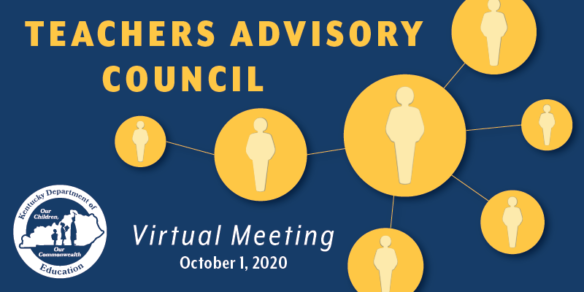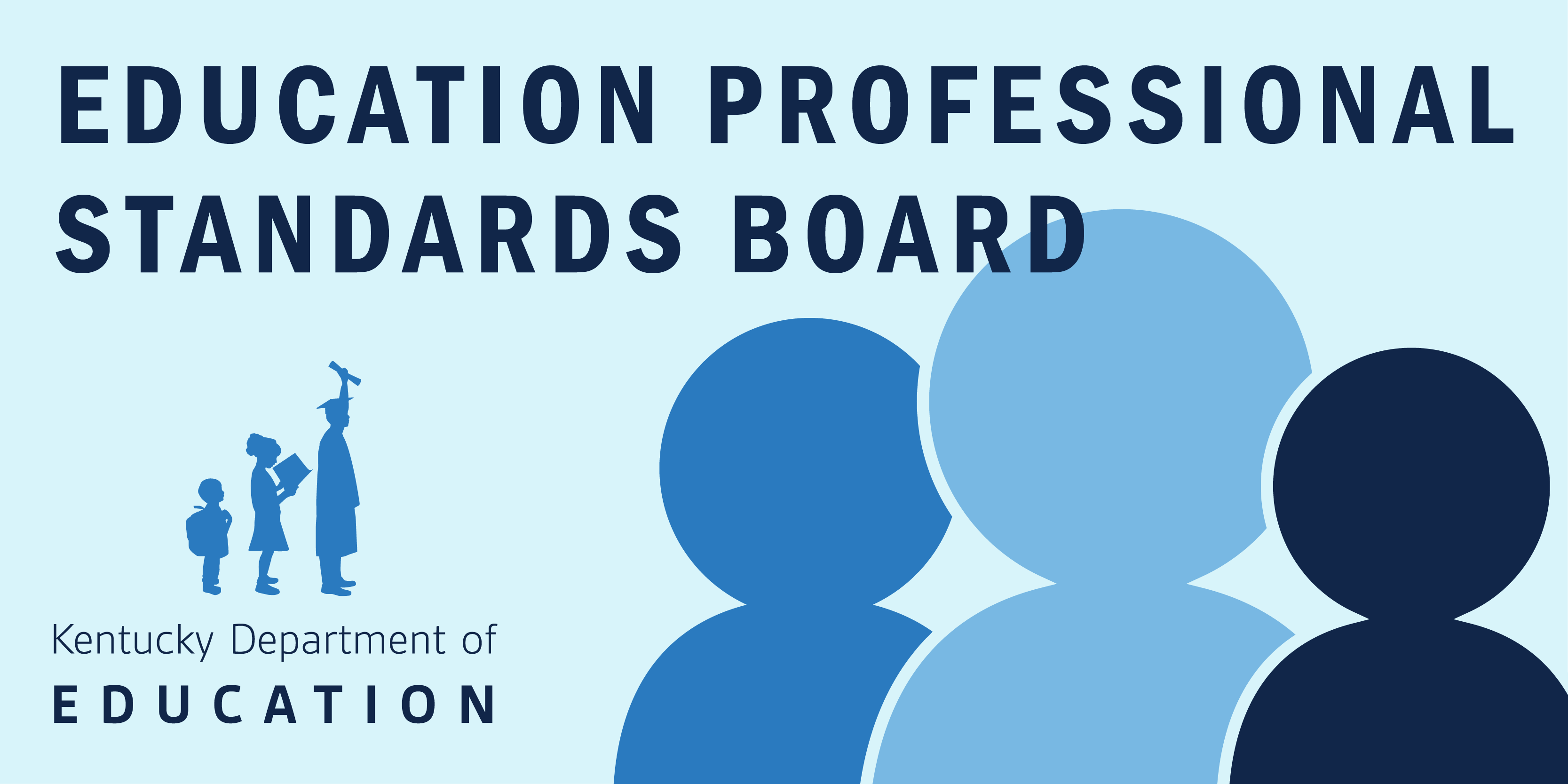 The Kentucky Department of Education’s (KDE) Teachers Advisory Council (TAC) convened virtually on Oct. 1 to discuss and provide feedback to the department on how their back-to-school experiences have gone thus far.
The Kentucky Department of Education’s (KDE) Teachers Advisory Council (TAC) convened virtually on Oct. 1 to discuss and provide feedback to the department on how their back-to-school experiences have gone thus far.
The council, which is comprised of 20 teacher leaders from across the Commonwealth, represents districts that have implemented a variety of strategies for reopening. Some are using virtual learning, others have opted for in-person instruction and some are using a hybrid of both.
Chandra Britt, a teacher from the Kentucky School for the Deaf (KSD), explained the challenges her school has been dealing with during virtual learning, specifically with student participation.
“If a student participates at all, we mark that they participated for the day,” she said.
Some students are only participating in certain classes and not their full slate of virtual courses. While she said the teachers are OK with students finishing work on their own schedule, they said they still would like to see them participating in every class.
KSD and the Kentucky School for the Blind are state-operated schools and began classes Aug. 24, with the first six weeks of learning offered virtually through non-traditional instruction.
Noraa Ransey, who teaches at North Calloway Elementary (Calloway County), has returned to teaching students in person, though her district has implemented a hybrid model of instruction. Families have the choice of sending their children to school or allowing them to learn from home.
Ransey joined the virtual meeting from her classroom and noted that from the first day back in the school, it has been a positive experience for her and her students.
“Our students are so relieved to be here,” she said. “They’re not complaining about things they might have complained about in the past. They want to learn. They want to be here.”
Ransey admitted that she was scared during the first couple of weeks in the classroom. If anything were to have gone wrong, she said she would have blamed herself and questioned whether she did everything she could to keep her students safe.
While those concerns remain in the back of her mind, Ransey said she has learned to focus on the things that she can control.
“It’s not as bad as I thought it would be,” she said. “I’m so very thankful and blessed to be a teacher.”
COVID-19 Updates
Dr. Connie White, deputy commissioner of the Kentucky Department for Public Health, joined the TAC meeting to discuss the Department for Public Health’s four-color COVID-19 decision-making metric for school officials and the self-reporting dashboard on the Team Kentucky website.
The metric, which uses four colors to denote community spread, originally was released Sept. 14 and has been updated to say that districts in the “red zone” don’t have to wait on reopening until the “yellow” level is reached, White said. They only must wait until they drop to a lower level, whether orange, yellow or green. After talking with stakeholders, health officials decided waiting for a drop to yellow was too difficult for districts to implement, White said.
After her presentation, White took questions from the council.
Taylor Sullivan, a science teacher at Larry A. Ryle High School (Boone County), asked White if social distancing while at lunch was a recommendation or an expectation as schools begin to bring students back into buildings.
“That is an expectation,” White said. “ … If you think about it, when you take your mask down because you have to eat and you’re in a group of people who you’re not normally in your home with, … you are going to be more likely to have those respiratory droplets.”
Since the coronavirus spreads by respiratory droplets, covering the nose and mouth is the way a person can prevent spreading the virus if they are not 6 feet away from others, White said.
Some schools have suggested using gyms or band rooms as options to space students out while eating, White said. She also urged the importance of keeping manifests of where students are eating to provide easier contact tracing if a student or staff member were to test positive.
Kentucky Framework for Personnel Evaluation
Associate Commissioner Rob Akers of KDE’s Office of Educator Licensure and Effectiveness met with the council to discuss a request to waive section 2(2)(g) of 704 KAR 3:370, Kentucky Framework for Personnel Evaluations.
Currently, the statute states the evaluation criteria and process used to evaluate certified school personnel shall be explained to and discussed with the person being evaluated no later than the end of that person’s first 30 calendar days of reporting for employment each school year.
The waiver would remove the requirement for this to occur within 30 calendar days for the 2020-2021 school year.
Several of the council members expressed concerns with the notion of having an evaluation during the 2020-2021 school year. Due to many of their roles changing throughout the pandemic, TAC members said they are not entirely sure what they would be evaluated on.
“I would be sorely disappointed if an evaluator tried to utilize this time to find a way to be negative on teacher evaluation,” Akers said. “Any administrator worth his or her salt should understand that these are unprecedented times.”
The TAC will meet again on Dec. 10.



Leave A Comment